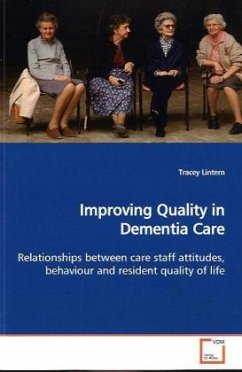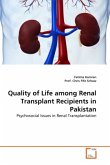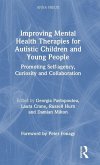This book describes a research study examining the
impact of staff attitudes on quality of care and
quality of life of people with dementia, and whether
changes in these occur as a result of training
and development interventions. The research includes
a review of existing attitude measurements and the
development of a new attitude scale for use with
dementia care professionals, offering evidence for
its reliability and validity. In order to evaluate
quality of care, a new observational technique is
developed, which draws on previous observational
methodologies, with a focus on the behaviour of
staff during their care of people with dementia.
Results suggest that staff with more hopeful
attitudes about people with dementia are more likely
to engage in social interactions and activities with
residents and use more quality indicators (such as
giving choice and information) during care tasks.
The study also showed improvements in staff
attitudes, the quality of care provided and in
resident well-being following a number of training
and development inputs. Implications and limitations
are discussed.
impact of staff attitudes on quality of care and
quality of life of people with dementia, and whether
changes in these occur as a result of training
and development interventions. The research includes
a review of existing attitude measurements and the
development of a new attitude scale for use with
dementia care professionals, offering evidence for
its reliability and validity. In order to evaluate
quality of care, a new observational technique is
developed, which draws on previous observational
methodologies, with a focus on the behaviour of
staff during their care of people with dementia.
Results suggest that staff with more hopeful
attitudes about people with dementia are more likely
to engage in social interactions and activities with
residents and use more quality indicators (such as
giving choice and information) during care tasks.
The study also showed improvements in staff
attitudes, the quality of care provided and in
resident well-being following a number of training
and development inputs. Implications and limitations
are discussed.








